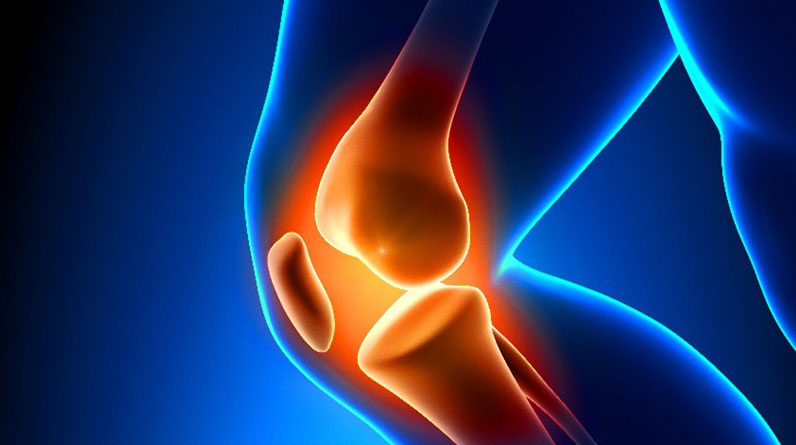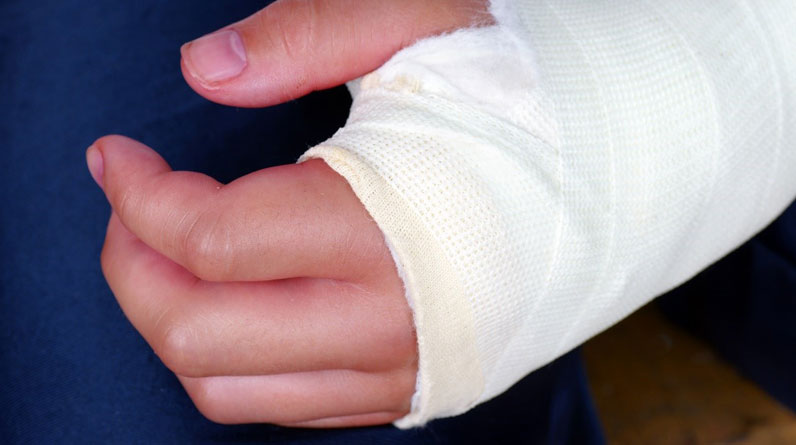
Types of Upper Extremity Injuries & How to Treat Them
Upper extremity injuries are some of the most commonly seen injuries in an emergency setting, especially as it pertains to those participating in competitive sport or athletic activities. Many cases involving upper extremity injuries require emergency attention due to the need for immediate treatment to ensure the best possible recovery of a very important part of the body.
Accordingly, a certain level of treatment, followed by a strategic approach to management, is required to make a complete recovery from these kinds of injuries.
The following is a discussion of the definition of upper extremity injuries, the types of injuries that occur, and what methodology is utilized during treatment, management, and prevention.
What is an Upper Extremity Injury
From an anatomical perspective, the upper extremity includes the hand, wrist, forearm, upper arm, and shoulder joint. Some may also consider the clavicle as part of the upper extremity region. The upper extremity is a formal way of referring to the upper body, and more specifically, the arm.
Thus, an upper extremity injury is described as any injury sustained to the upper body’s musculoskeletal system (more specifically the arm and shoulder joint), including but not limited to bones, muscles, ligaments, cartilage, skin, and tendons.
Types of Upper Extremity Injuries
The finger is the most common upper extremity part to experience injury in the United States and be recorded as a hospital visit. Additionally, the most common type of injury of the upper extremity is a fracture.
While it would be impossible to list and discuss every type of upper extremity injury possible, these are some of the most common injuries seen:
• Shoulder Impingement
• Frozen Shoulder
• Shoulder Separation
• Rotator Cuff Tear
• Tennis Elbow (Elbow Tendon injuries)
• Little League Shoulder
• Broken Arm (Fracture of the Humerus, Ulna, or Radius)
• Broken Collarbone (Fractured Clavicle)
• Finger Lacerations
• Torn Ligaments (of the biceps & triceps)
• Labral Tears
• Shoulder Dislocation
The causes, risk factors, symptoms, severity levels, and treatments vary greatly when discussing the entirety of the upper extremity and its corresponding injuries. With that said, the risk of many of these injuries can be greatly reduced by improving posture, increasing strength, improving flexibility and mobility, and consuming a healthy diet rich in calcium, vitamin D, and other important micro and macronutrients.
In cases where the injury was uncontrollable (i.e., traumatic event, sporting collision, or accidental fall), it’s difficult to pinpoint an exact preventative measure that could have been implemented. Yet, many advances have been made in the teaching of methods to athletes that can reduce injuries. Sometimes, however, accidents do occur.
Lastly, upper extremity injuries can also occur more frequently in people who have degenerative issues such as osteoarthritis or rheumatoid arthritis. In these cases, it’s imperative to follow your doctor’s instructions as to the management protocol.
Treatment, Management, & Prevention
Managing severe upper extremity injuries require immediate treatment and often an opportunely-timed surgical procedure. Certainly, different types of upper extremity injuries will require different types of management, and in some cases, nonsurgical treatment is an alternative. Yet, many traumatic upper extremity injuries can only be treated surgically.
Some of the milder upper extremity injuries like frozen shoulder or tendonitis can be managed utilizing self-care treatments and physical therapy. These injuries also respond well to over-the-counter anti-inflammatories. In some cases, the temporary treatment with prescription muscle relaxers or pain relievers may be necessary in conjunction with a rehabilitation protocol and periods of rest over time.
There are multitudes of specific treatment and management methods due to the wide variety of injury types and severity levels of upper extremity injuries. The following is a summary of some of the most common treatments for some of the most common upper extremity injuries:
• Surgery
• Medication
• Bone-Setting
• Laceration repairs
• Physical Therapy
• Rest & Recovery
• Slings and casts
If the injury isn’t that severe, at-home care treatments can be implemented to speed up the recovery process. Such treatments are as follows:
• Contrast Therapy (Heat & Ice)
• Rest
• Over-the-Counter Medicine for Pain Relief (ibuprofen and acetaminophen)
• Stretching and Mobility Exercises (Practiced with caution and at the discretion of a professional)
Treatment definitely depends on the severity and nature of the injury itself. It’s very important to follow your doctor’s instructions, stay disciplined with the management of the injury, and rest as needed.
Although going back to normal life may be enticing to those that are sidelined due to an injury, returning too early can simply result in further damage and prolong the healing process. A reasonable rule of thumb is that it takes at least six weeks for most injuries to heal adequately. Sometimes this period can even be longer, so always check with your doctor to be sure.
Final Thoughts
Upper extremity injuries or some of the most common, prevalent injuries seen in the medical field. It’s important to understand the many causes of such injuries, not only to exercise preventative measures but to know what to expect if such an unfortunate accident does occur.
Be sure to practice caution wherever you can, be proactive and preventative where you can, and trust your doctor if such an injury occurs.






